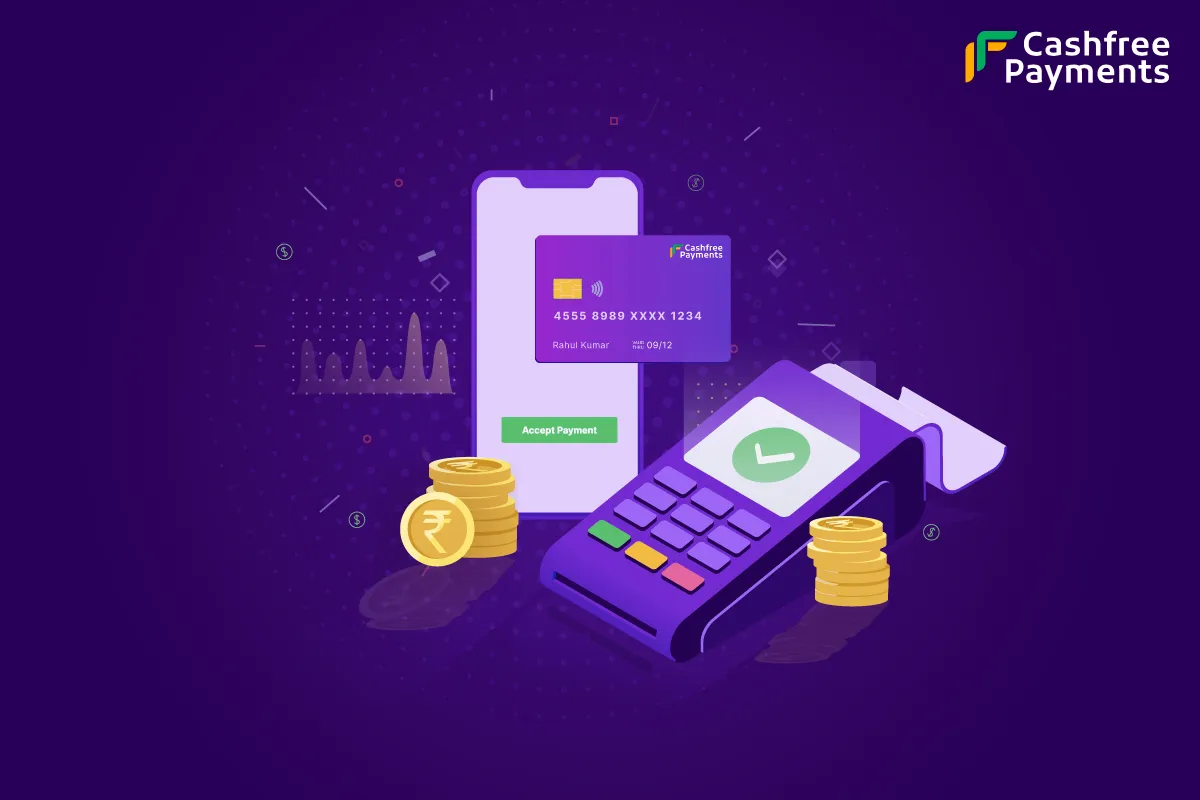The Evolution of Online Payment Systems in India
In the last decade, India has seen a remarkable transformation in its financial landscape, largely due to the rapid growth of online payment systems. From being predominantly a cash-dependent economy, India has transitioned into one of the fastest-growing markets for digital payments. This blog explores the evolution of online payment systems in India and the factors contributing to their popularity and adoption.
- The Birth of Digital Payments
The digital payment revolution in India can be traced back to 2010 when the National Payments Corporation of India (NPCI) launched the Immediate Payment Service (IMPS). IMPS allowed individuals to transfer money instantly using their mobile phones, marking the first significant step towards digital transactions.
- Demonetization: A Turning Point
The game-changer for online payments in India was the demonetization drive in November 2016. The sudden withdrawal of high-denomination currency notes led to a surge in digital transactions, as people scrambled to find cashless alternatives. E-wallets, mobile banking apps, and digital payment platforms experienced unprecedented growth.
- The Rise of UPI
The Unified Payments Interface (UPI) has been a game-changer in the Indian payments ecosystem. Introduced in 2016 by the NPCI, UPI allows users to link their bank accounts to their mobile phones and make real-time peer-to-peer payments. The UPI system gained immense popularity due to its simplicity and convenience.
- Mobile Wallets and Payment Apps
E-wallets like Paytm, PhonePe, and Google Pay have become household names in India. These apps offer not only peer-to-peer transfers but also a wide range of services, including bill payments, recharges, and online shopping. Users can load their wallets with money and transact swiftly, making them an integral part of the Indian payment landscape.
- QR Code Revolution
The adoption of QR code technology has simplified transactions further. Businesses, from local kirana stores to upscale restaurants, use QR codes for payments. Users can scan the code using their mobile apps and make payments directly from their bank accounts or wallets. This technology has driven digital payments in both urban and rural areas.
- Government Initiatives
The Indian government has played a significant role in promoting online payments. Initiatives like the BHIM (Bharat Interface for Money) app, Make in India, and Digital India campaigns have not only encouraged digital payments but also pushed for financial inclusion.
- E-commerce and Digital Wallet Integration
E-commerce giants like Amazon and Flipkart have integrated digital wallets and UPI payment options, making online shopping a seamless experience. Cash-on-delivery, once the preferred payment method for online shoppers, is now on the decline.
- Data Security and Trust
A crucial factor in the growth of online payments in India is the emphasis on data security and user trust. With regulations and systems in place, users are increasingly confident about conducting digital transactions, which is vital for the industry’s continued expansion.
- The Role of Fintech Startups
India has witnessed the rise of numerous fintech startups that focus on making financial services more accessible and convenient. These startups are driving innovation and competition, resulting in a more robust online payment ecosystem.
- Challenges Ahead
While the growth of online payment systems in India is impressive, challenges remain. Issues like fraud, cybersecurity threats, and the digital divide between urban and rural areas need to be addressed. Additionally, regulatory and interoperability challenges must be overcome to ensure continued growth.
Conclusion
The evolution of online payment systems in India has been nothing short of remarkable. From a predominantly cash-based economy, India has embraced digital transactions with fervor. The adoption of UPI, mobile wallets, QR code technology, and government initiatives have all played a pivotal role in this transformation. As India continues its journey towards becoming a digitally empowered society, the future of online payment systems looks promising, with innovations and improvements on the horizon. The convenience, security, and ease of digital payments have made them an integral part of the Indian way of life, with even more exciting developments yet to come.



